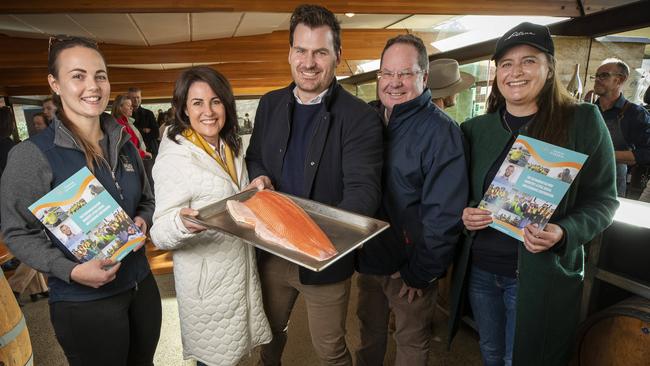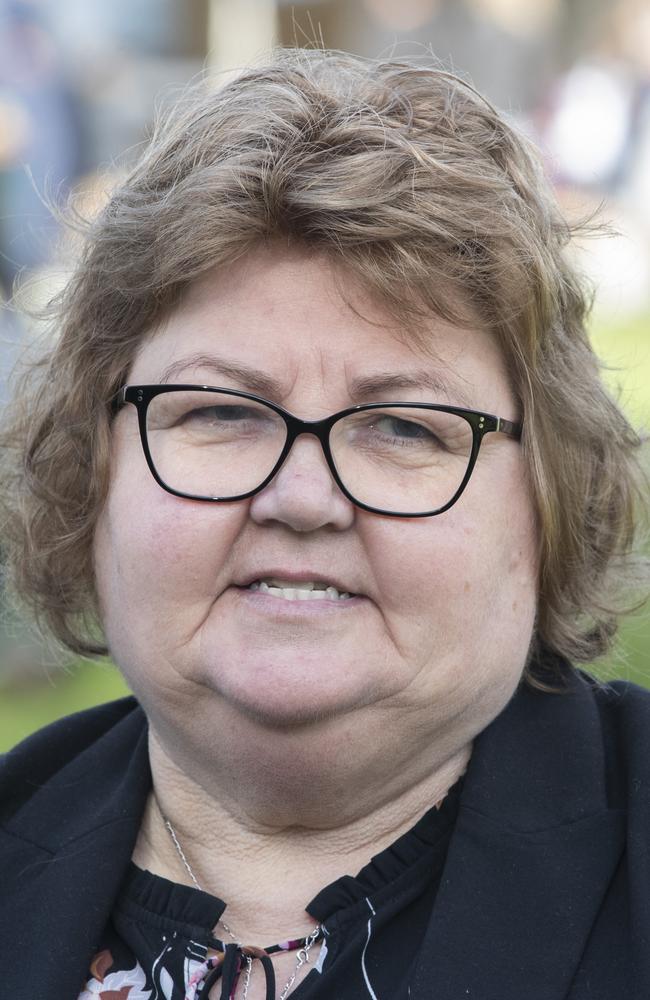Economic and Social Contribution Report highlights Tasmanian salmon industry’s impact
Tasmanian salmon officials have lauded a new report highlighting the benefit of the $1.36bn industry to its workforce across the state. The report’s key points >

Tasmania
Don't miss out on the headlines from Tasmania. Followed categories will be added to My News.
Tasmanian salmon officials have lauded a new report showing the widespread benefit of the $1.36bn industry to its workers across the state.
Salmon Tasmania partnered with Deloitte to produce the first Economic and Social Contribution report.
As part of the report, the analysis found the industry contributed $770m to the Tasmanian economy last year, and supported more than 5103 full-time equivalent jobs around the state.
It was found that the industry accounted for over one in four jobs in the Huon Valley, and 17 per cent of all employment in the Latrobe, Tasman and West Coast local government areas.
New Salmon Tasmania chief executive Luke Martin said he was proud of the industry’s contribution to the state’s regional communities.

“Almost 90 per cent of this economic activity occurs in regional communities, with about nine out of 10 salmon jobs located in regional areas,” Mr Martin said.
“Salmon workers in regional communities are paid, on average, 56 per cent more than other people who work in these areas.”
The Tasmanian salmon industry, worth $1.36bn, was found to be approximately double the size of the state’s horticulture sector, and 38 per cent larger than the red meat processing industry.
The report stated 91.3 per cent of workers in the industry were employed full time.
Mr Martin said the industry provided “stable and rewarding careers”, and drove regional economic stability.
“The sector offers diverse employment opportunities across multiple stages of the value chain, ranging from aquaculture and hatchery operations to processing, logistics and marketing,” Mr Martin said.
Minister for Primary Industries and Water, Jo Palmer, welcomed the report and commended the industry “for its sustainable investment in Tasmania”.
Huon Valley Mayor Sally Doyle said the analysis highlighted the flow-on effects of the industry.
“It’s not just the direct economic activity and jobs created by the salmon industry, it’s the follow-on benefits as well, like the local shops and takeaway stores that wouldn’t survive without the business they get from salmon workers every day.”
Member for Bass Janie Finlay said the industry’s contribution to economic activity was “tremendously valuable” to the state.
Neighbours of Fish Farming president Peter George cast doubt on the report’s figures, saying any “genuine, independent” report would “produce a cost/benefit analysis scrutinising the industry’s costs and impacts on Tasmania’s wildlife, waterways, reputation, tourism, environment and communities”.




